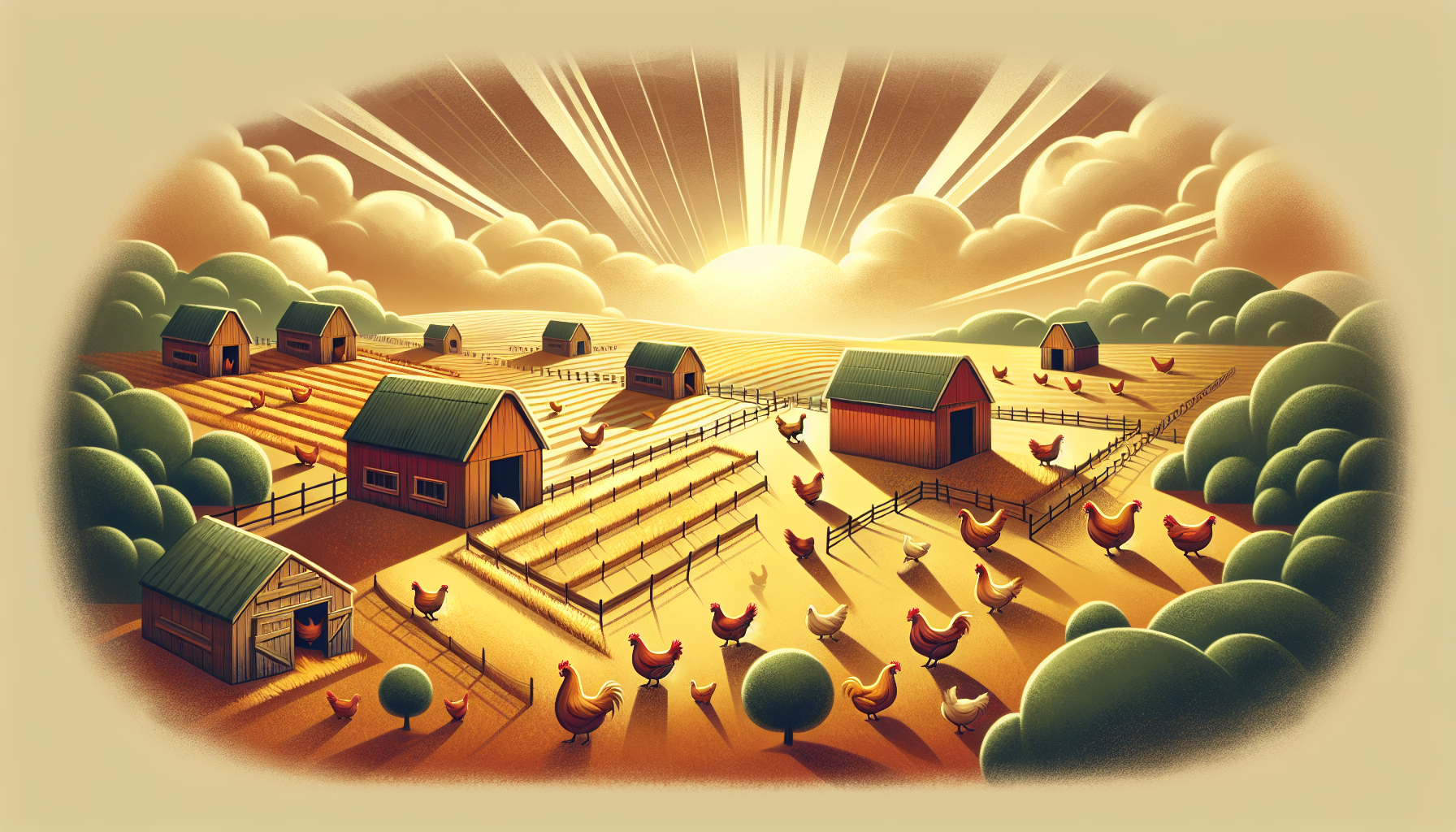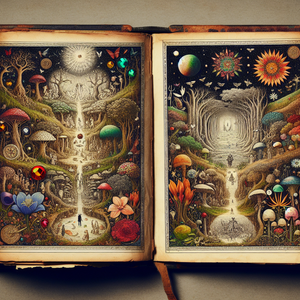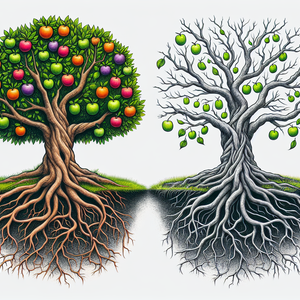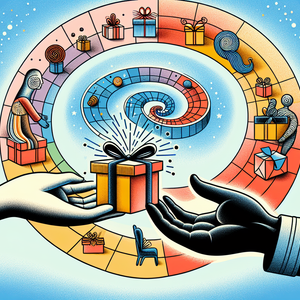Unveiling AI's Role in Creative Industries

AI's influence in the music industry is undeniable. Platforms like OpenAI's MuseNet and AIVA (Artificial Intelligence Virtual Artist) are creating original compositions that rival those of human musicians. These AI systems analyze vast databases of music to learn patterns, styles, and structures, enabling them to generate unique pieces across genres. For instance, AIVA has composed soundtracks for films and video games, showcasing its potential in professional settings. Moreover, AI is also being used as a collaborative tool for musicians. Grammy-winning artist Taryn Southern utilized AI to co-create her album "I AM AI," blending her songwriting with machine-generated melodies and harmonies. This collaboration illustrates a shift from AI as a mere tool to AI as a creative partner, prompting discussions on authorship and the nature of creativity itself. The collaboration between human artists and AI is not just a novelty; it signifies a deeper exploration of what creativity can mean in the 21st century.
AI in Visual Arts
In the visual arts, AI technologies like DeepArt and DALL-E enable artists to push the boundaries of their creativity. DeepArt employs neural networks to transform photographs into artworks that mimic the styles of famous painters, while DALL-E generates entirely new images from textual descriptions. These tools empower artists to explore new aesthetics and concepts that may have previously been unattainable. The implications of AI in visual arts extend beyond mere creation. AI-generated artworks have gained traction in the art market, with pieces selling for significant sums at auction. For example, the AI-generated portrait "Edmond de Belamy" sold for $432,500, raising questions about the value of art created by machines and the criteria we use to judge artistic merit. As AI continues to generate visually compelling pieces, it challenges traditional notions of authorship and the human touch in art.
AI in Writing and Content Creation
The literary world is not exempt from AI's influence. Tools like GPT-3, developed by OpenAI, can generate human-like text, assisting writers in brainstorming ideas, drafting content, and even generating poetry. These applications can enhance productivity and inspire creativity, allowing writers to explore new narrative styles or genres without the constraints of traditional writing processes. However, the rise of AI in writing also raises ethical concerns regarding originality and authenticity. If a story is co-written by a human and an AI, who is the true author? This dilemma invites deeper discussions about the future of storytelling and the evolving definition of originality in literature. The blend of human creativity and AI-generated content could lead to a new genre of literature, but it also necessitates a re-examination of intellectual property rights and attribution.
The Implications for Originality and Artistic Expression
As AI continues to integrate into creative industries, the implications for originality and artistic expression become increasingly complex. While AI can generate content that mimics human creativity, it lacks true emotional depth and personal experience. This raises critical questions: Can AI truly create art, or does it merely replicate existing styles? Are we diluting the essence of creativity by relying on algorithms? Artists and critics are divided on these issues. Some embrace AI as a tool for enhancing creativity, viewing it as an extension of human capabilities. Others fear it may overshadow human expression, leading to a future where the distinction between human-made and AI-generated art blurs. The dialogue surrounding AI and creativity is essential, prompting us to reconsider what it means to be an artist in an age where machines can create alongside us.
AI is undeniably reshaping creative industries, offering new tools and possibilities for artists, musicians, and writers. As we witness this transformation, it is crucial to engage in conversations about the implications for originality, authorship, and the essence of creativity. The future of art and creativity is likely to be a hybrid landscape where human expression and AI collaboration coexist, opening new avenues for innovation and exploration. Embracing these changes may lead to a richer, more diverse artistic landscape that reflects the complexities of our technological age, inviting us to rethink the nature of creativity itself. By understanding and navigating the intersections of AI and creativity, we can appreciate the nuances of both human and machine contributions to the arts, ultimately enriching our cultural narrative.
AI Music Producer
Music production studios, gaming companies, streaming platforms such as Spotify or Apple Music
Core Responsibilities
Collaborate with artists to develop music tracks using AI tools like MuseNet and AIVA.
Analyze generated music pieces to refine compositions and ensure they meet artistic goals.
Stay updated on trends in AI music technology and incorporate new tools into production workflows.
Required Skills
Proficiency in digital audio workstations (DAWs) and music production software.
Strong understanding of music theory and composition techniques.
Experience with machine learning concepts related to music generation.
AI Art Director
Advertising agencies, art galleries, tech companies focused on digital media
Core Responsibilities
Oversee the creation of visual content using AI tools like DALL-E and DeepArt.
Direct and mentor a team of artists in incorporating AI-generated visuals into projects.
Evaluate and curate AI-created artworks for exhibitions and marketing campaigns.
Required Skills
Experience in visual arts and graphic design, with a portfolio showcasing innovative work.
Familiarity with AI image generation technologies and their artistic applications.
Strong leadership and project management skills.
Content Strategist with AI Expertise
Digital marketing firms, media companies, tech startups
Core Responsibilities
Develop and implement content strategies that leverage AI tools for writing and content generation.
Analyze audience data and AI-generated insights to optimize content reach and engagement.
Collaborate with writers and marketers to ensure alignment with brand voice and goals.
Required Skills
Strong background in content marketing and SEO principles.
Experience with AI writing tools like GPT-3 and understanding their limitations and potentials.
Excellent analytical skills to interpret data and inform content decisions.
Ethical AI Consultant in Creative Industries
Consulting firms, universities, organizations focused on digital ethics
Core Responsibilities
Advise organizations on the ethical implications of using AI in creative processes.
Conduct workshops and training sessions to educate teams about the balance between AI and human creativity.
Develop guidelines for responsible AI use in artistic expression and copyright considerations.
Required Skills
Strong understanding of AI technologies and their impact on creative fields.
Background in ethics, law, or cultural studies related to technology and art.
Excellent communication and interpersonal skills to engage various stakeholders.
Machine Learning Engineer for Creative Applications
Tech companies, startups focused on creative tech solutions, research institutions
Core Responsibilities
Design and implement machine learning models that facilitate AI-generated art, music, or writing.
Collaborate with creative teams to understand their needs and tailor AI solutions accordingly.
Monitor and improve existing algorithms based on user feedback and performance metrics.
Required Skills
Proficiency in programming languages such as Python, alongside libraries like TensorFlow or PyTorch.
Strong background in machine learning principles, particularly in generative models.
Experience working in cross-disciplinary teams involving artists and technologists.


